Livestock
All Livestock Content
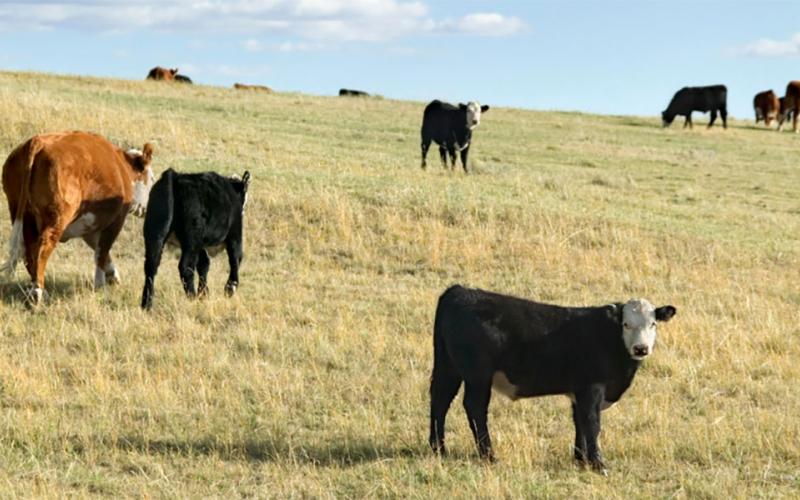
Range Beef Cow Symposium Set for Nov. 16 and 17
August 18, 2021
The XXVII Range Beef Cow Symposium will return to South Dakota Nov. 16 and 17 at the Monument Civic Center in Rapid City.
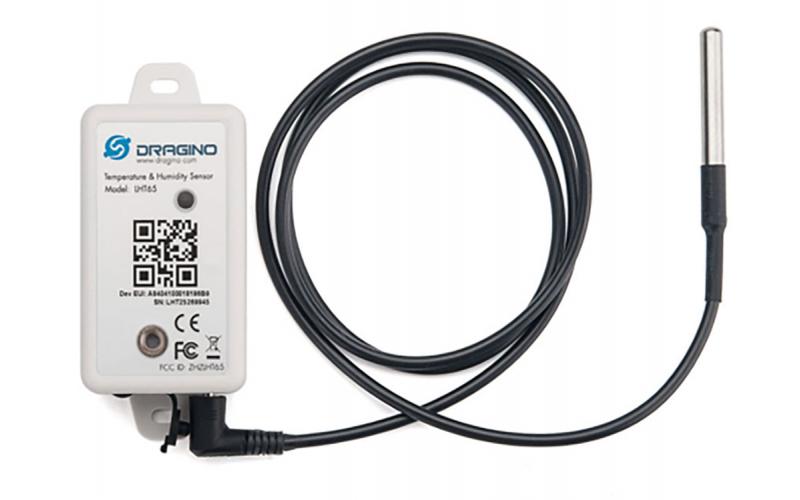
A Low-Cost Solution To Remote Monitoring of Animal Facility Thermal Environments
An appropriate thermal environment is critical for animal growth and health. Learn about a low-cost solution to remote monitor your animals’ thermal environments.

Sustainable Agriculture Curriculum Workshop Postponed
August 16, 2021
The Sustainable Agriculture Curriculum Workshop scheduled for Aug. 19 at the South Dakota State University Extension Pierre Regional Center has been postponed.
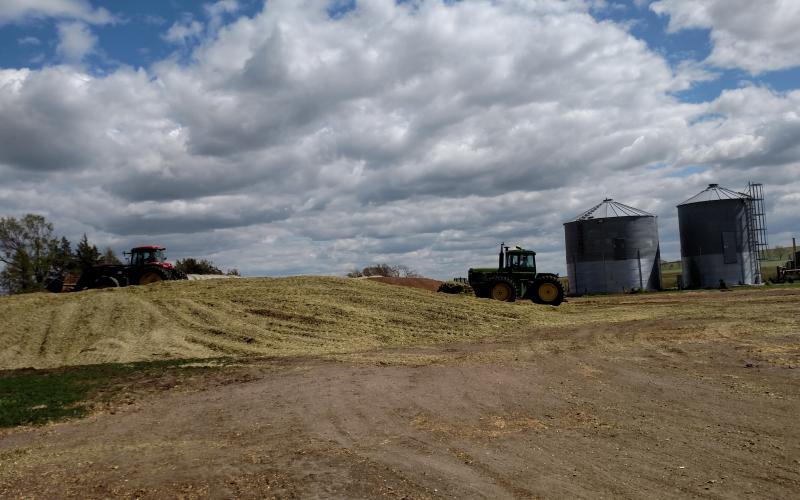
Salvaging for Silage: Tips to Minimize Loss, Maximize Value
August 09, 2021
With South Dakota rangeland and pastures rated 84% poor to very poor across the state, many cattle producers may be thinking about putting up silage for a feed source.
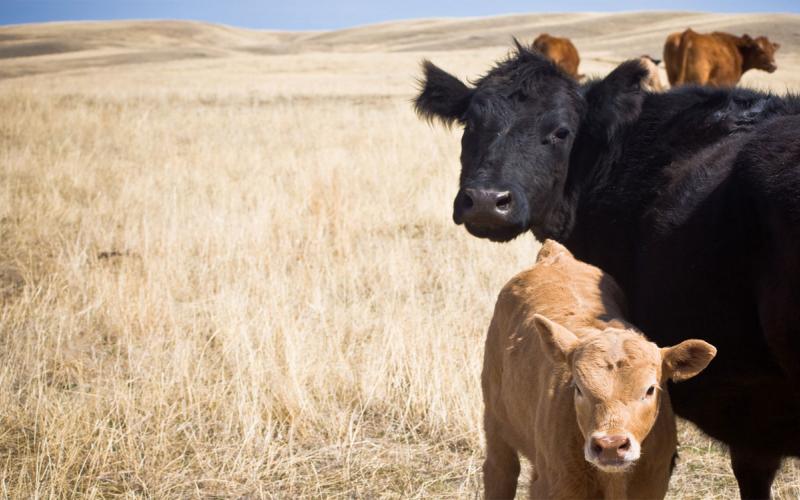
SDSU Extension to Provide Drought Resources, Water and Forage Testing at Dakotafest
August 05, 2021
South Dakota State University Extension invites crop and livestock producers to its new booth location, #216, at the 2021 Dakotafest in Mitchell, South Dakota.
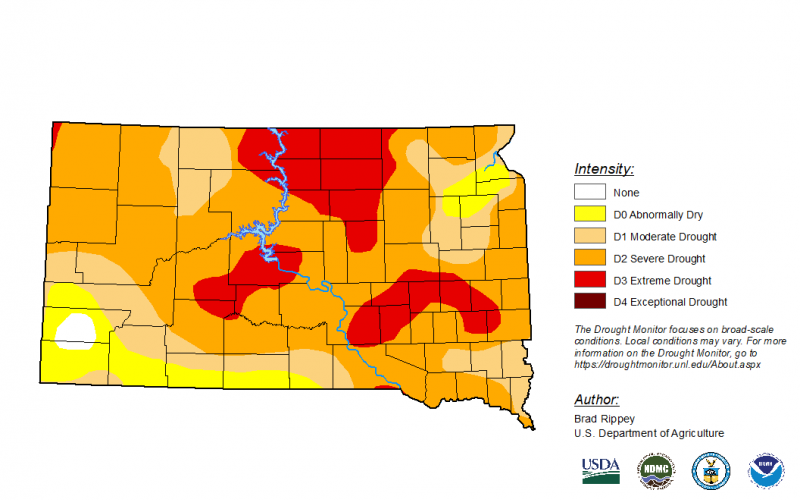
Controlling Grasshoppers, Salvaging Drought Corn Kick Off August Drought Hours
August 04, 2021
According to the latest U.S. Drought Monitor, nearly 18% of the state is in Extreme Drought (D3), while another 70% follows as Severe Drought (D2).
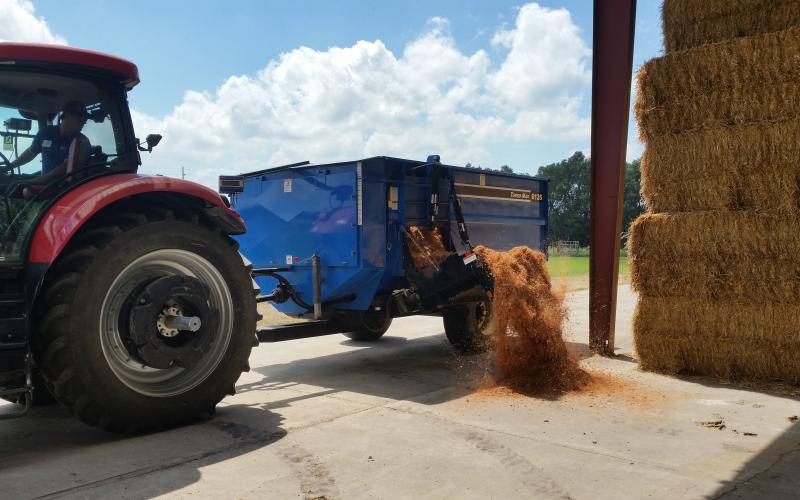
Last Chance to Register for 2021 SDSU Extension Feedlot Shortcourse
August 02, 2021
South Dakota State University Extension encourages cattle feeders and backgrounders from South Dakota and surrounding states to attend this year's Feedlot Shortcourse.
Eastern South Dakota Grazing School Postponed to 2022
July 30, 2021
The Eastern South Dakota Grazing School scheduled for Aug. 11- 13 at the Abbey of the Hills near Marvin, South Dakota has been postponed until 2022.
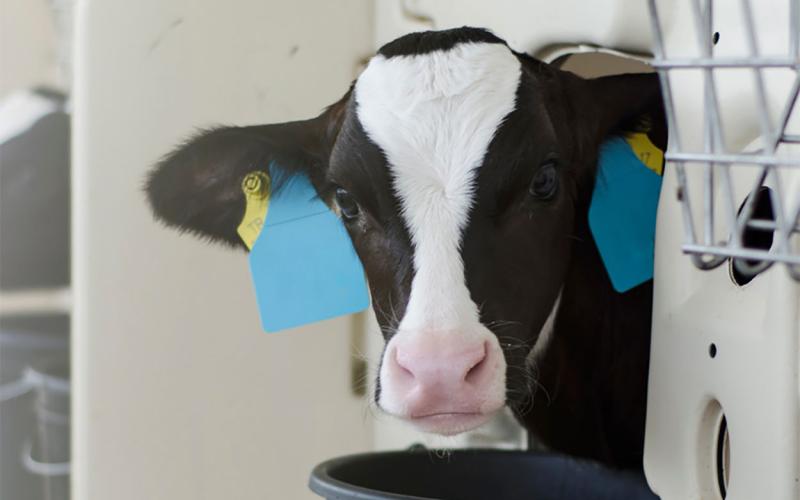
Raising Purchased Baby Dairy Calves: Getting off to a Good Start
Making sure calves get off to a good start often comes down to paying close attention to the right details. A good relationship with the source of the calves and veterinarians will help ensure those details are optimally managed.
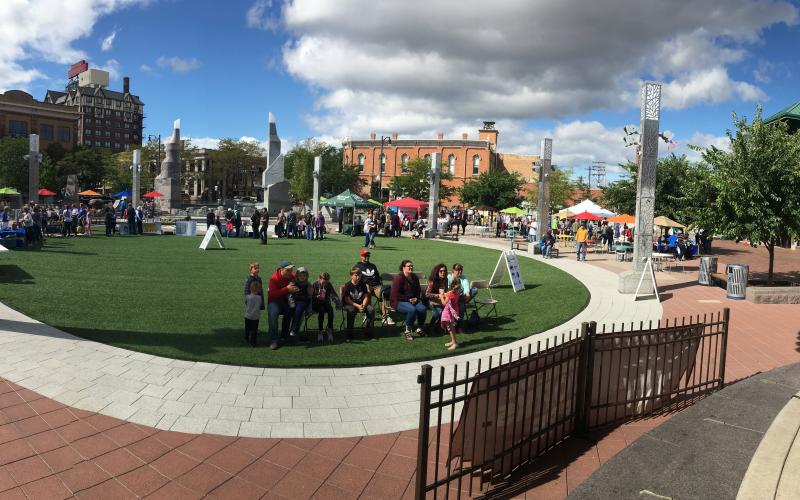
Peterson Farm Brothers to Headline AgriCulture on the Square
July 23, 2021
After a one-year break due to the pandemic, AgriCulture on the Square will be back in Rapid City, South Dakota on Saturday, Sept. 11.